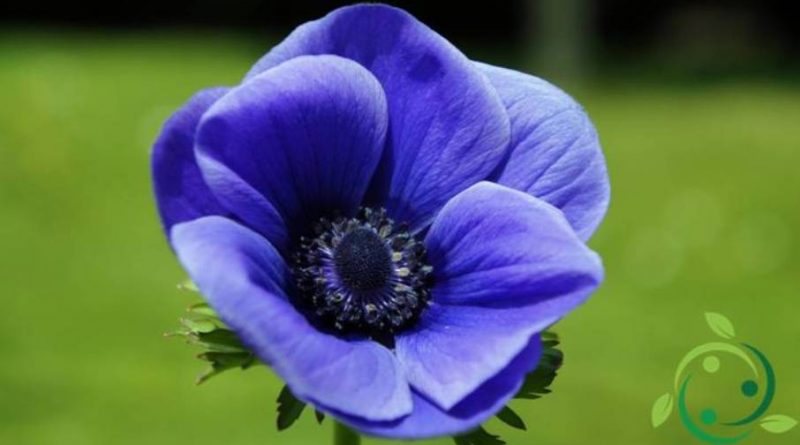How to grow the Anemone
How to grow the Anemone
The Anemones (L., 1753) are a genus of plants in the Ranunculaceae family, which include a hundred species; some spontaneous in Europe and others from South Africa or South America. In this sheet we will see how to grow the Anemone and the most suitable techniques for its physiology. Obviously the variability of these species is remarkable; most of them bloom in the spring but the cultivation techniques remain similar.
The anemones have a height ranging from about 15 cm to one meter with bushy stems and blooms of many colors. However, it is a question of plants with very delicate and elegant petals that give a particular elegance both in pots and especially in garden beds.
Most of these species are cultivated beginning in spring and with mild temperatures around 15-20 ° C. The anemone prefers a half-shade exposure and away from strong winds; we recommend the shelter behind walls or other hedges.
The anemone grows well in acid or sub-acid soils, with excellent drainage, with excellent organic substance (compost or earthworm humus) and very refined soil processing. The water intake should not be excessive, on average twice a week (but also depends on the external humidity conditions), with a slight increase in the flowering period.
The same techniques are used in the cultivation in pots provided that the containers are large with the provision in the bottom thereof of draining material (gravel, expanded clay, etc.), the soil composed with the characteristics of acidity and organic matter above. It is always better to use terracotta containers that allow greater transpiration.
The cultivation begins with the planting of the bulbs (with the roots facing downwards) in the late winter, at 8-10 centimeters of depth. In this period, before the growth of the plants, it is necessary to cover the ground with a light mulch of leaves or straw to protect them from the cold. When the plant is instead in bloom, multiplication occurs through the lateral rhizomes that the anemone produces abundantly.
During the vegetation phase of the anemone it is advised then, especially near the flowering and during this the pruning of the part of vegetation too dense to increase a little ‘aeration and decrease possible parasitic attacks of both insects and fungal diseases. Moreover, to have a pleasant aesthetic appearance, weed cleaning is advisable.

